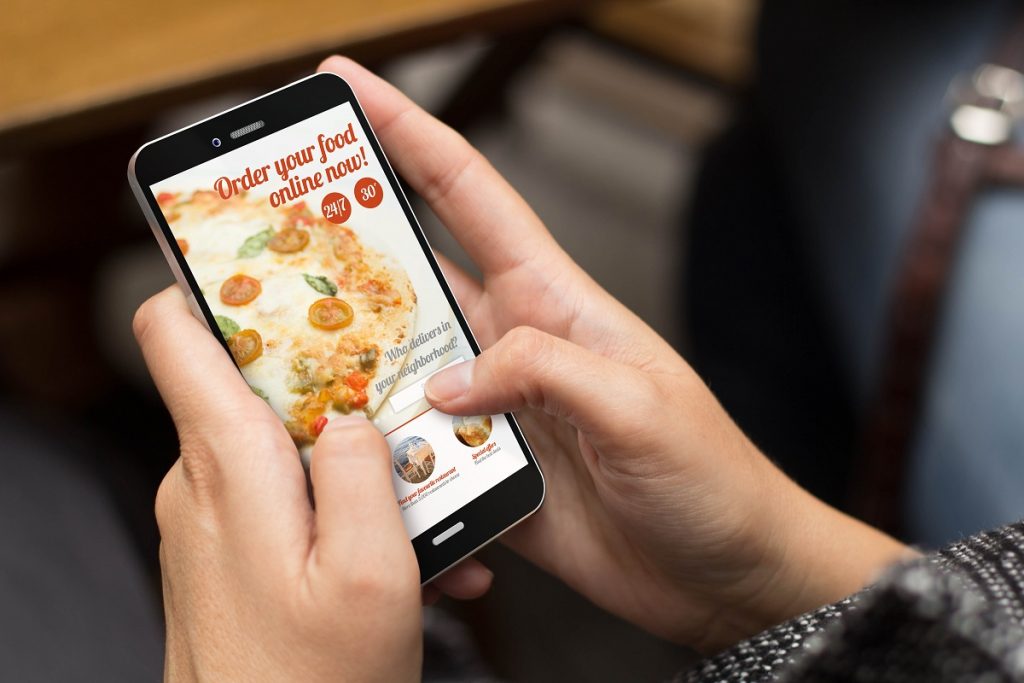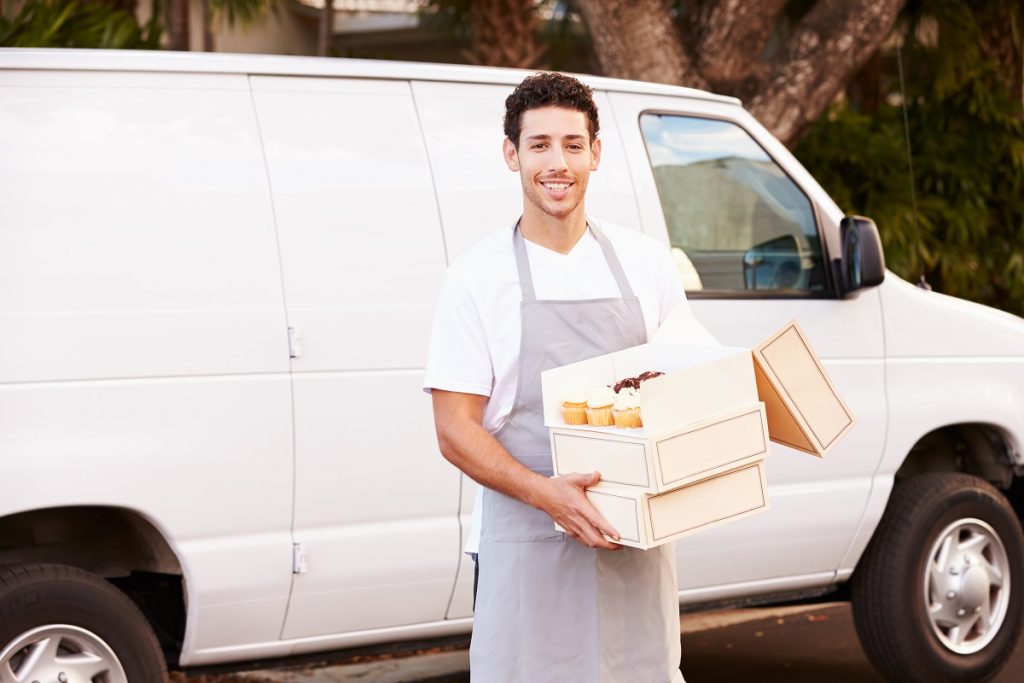Ordering food online is becoming increasingly convenient. With a variety of options to choose from, more people are finding food deliveries the ideal mode of dining.
As a result, the industry is expected to continue growing exponentially in the next few years and beyond. In 2018, investment bank UBS published a report which forecasted delivery sales would reach an annual average of about $365 billion worldwide by 2030.
The concept of food delivery is nothing new. The traditional model of ordering food from a local restaurant by telephone still has most of the market share. However, advancements in digital technology have empowered other online actors to disrupt the industry.
As a result, there are more stakeholders that take part in any given transaction, from exclusively delivery companies in London to small milk tea shops Manila and burger restaurants in Singapore. To get a better sense of where the industry is heading, it’s important to identify the different groups involved and understand what drives them.
Aggregators and new delivery
Today, you’ll find there are two groups that are revolutionising food delivery: the aggregators and the new delivery players.
Aggregators focus on funnelling an entire list of restaurants and food options available into one online platform, where people can compare prices and menus to find the best deals.
When they were starting out, aggregators would usually just transmit the order back to the restaurant, which pays a fixed margin for the order and takes care of delivery. But many aggregators nowadays, like FoodPanda and GrubHub, have their own deliver fleets.
New delivery players are much like aggregators in that they also provide a single platform to consolidate all the dining options available. The key difference lies in their ability to provide logistics support to partner restaurants that do not have delivery capacity. The restaurant pays a fixed margin for the order and customers pay a flat fee.
However, instead of competing aggressively with aggregators, new delivery players are doubling down on consumer demand and behaviour.

The opportunity at hand
Working with decent and even sophisticated restaurants that have never offered delivery services, new delivery players can now address the preference of some customers to dine at home. In certain cities, there are Michelin star restaurants available on some online platforms.
Ultimately, new delivery players have made efforts to understand and address the varying needs of consumers, starting with:
- Online user experience – a personalised ordering experience by utilising relevant customer data encourages consumers to stick with online delivery platforms.
- Timeliness – Most consumers highly value promptness and speed of delivery. Nobody likes to wait for hours for food to arrive.
- Convenience – A big reason why people resort to online deliveries is the convenience. If you’re able to simply have food taken directly to your home, that’s really the selling point. On weekends, when people are more likely to be at home, it’s a great opportunity to provide a service that helps people satiate their hunger while relaxing at home.
Future of online delivery is looking bright and competitive
While the promise of massive amounts of revenue looks promising, the truth is that it’s really a cutthroat industry with high rates of cash burn and intense competition. Companies, restaurants and other actors will have to innovate rapidly and pivot as needed as challenges continually arise.

